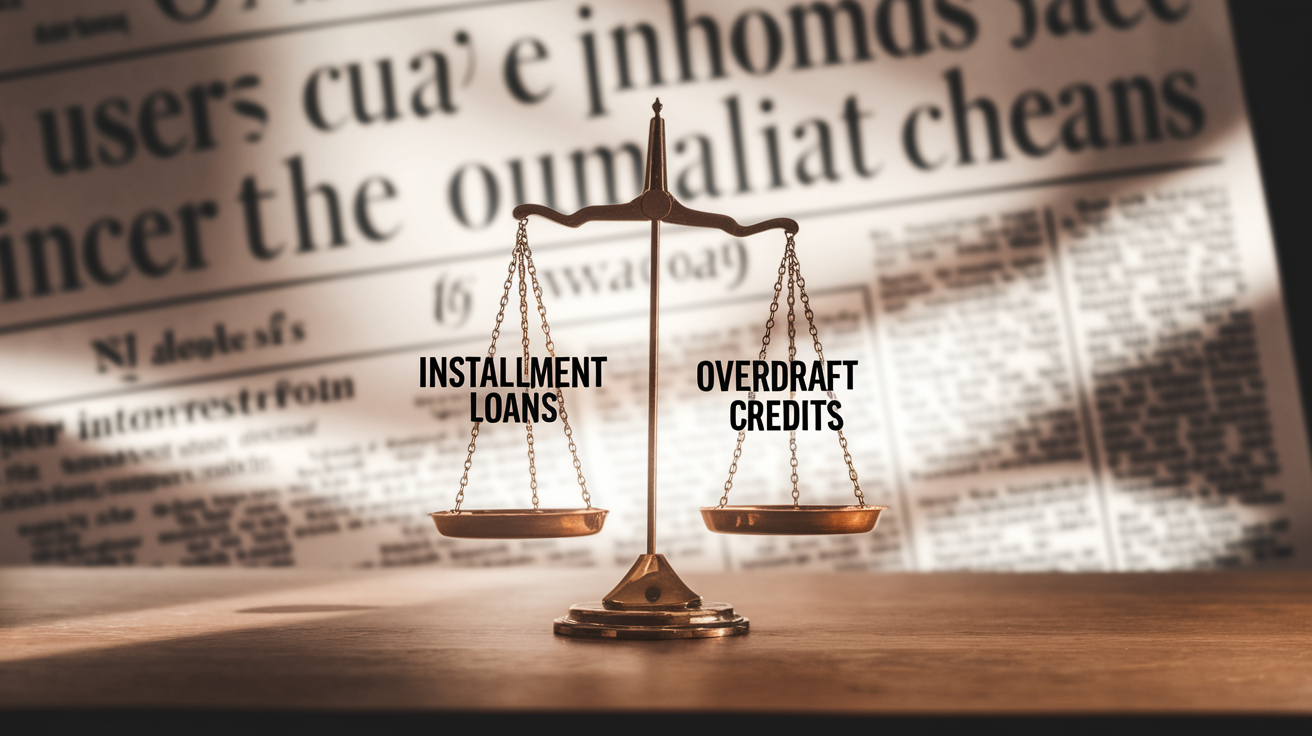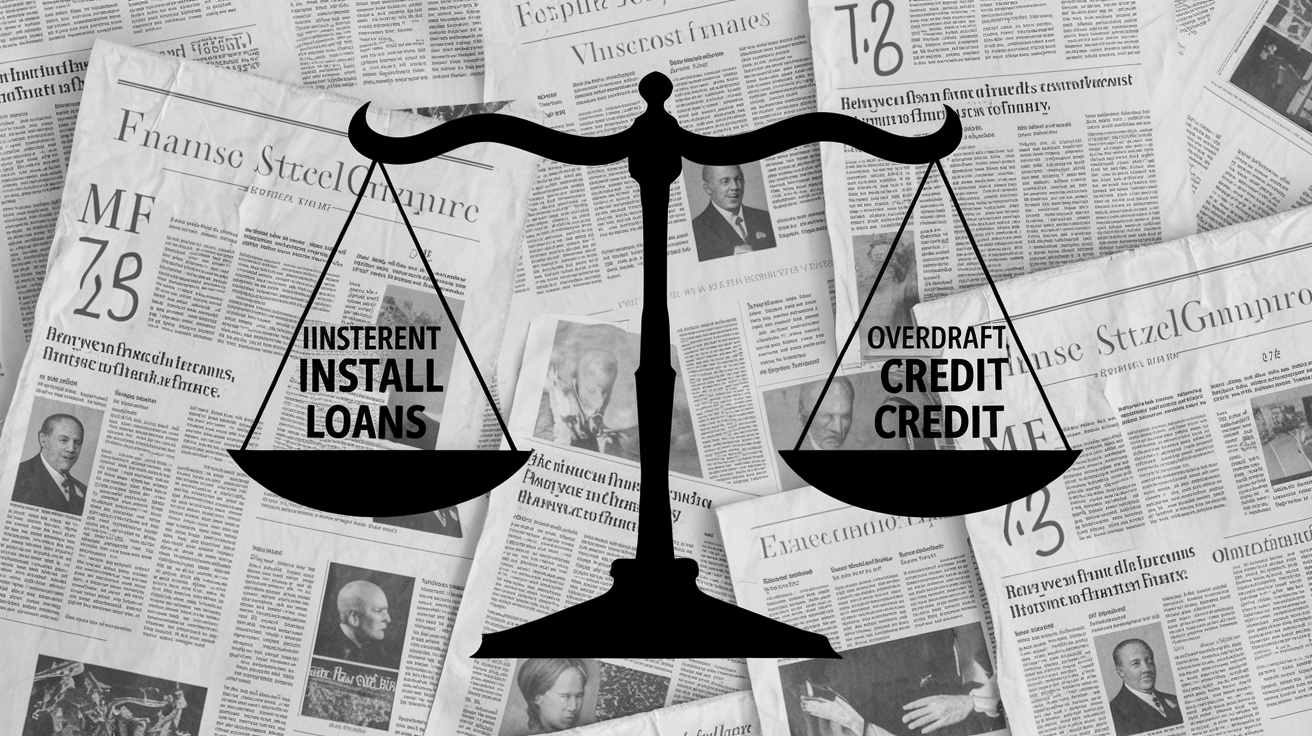The choice between a personal loan and an overdraft is like weighing two different paths toward the same goal. Both options offer unique advantages that can vary depending on financial situations and needs. While a personal loan offers stability with fixed rates and payments, the overdraft provides an alluring flexibility. This article highlights the differences in costs and flexibility between the two loan types and shows how they are tailored to the needs of investors and private individuals.
Cost Efficiency in Loan Selection: Why Personal Loans Overcome Price Obstacles

A look at the choice between a personal loan and an overdraft quickly reveals that the decision on the appropriate financing tool depends not only on the type of need but particularly on the associated costs. These primarily manifest in the form of interest rates, which can significantly affect the costs of the loan.
Personal Loan: Calculable Cost Advantages
The personal loan stands out for its clear structure. With fixed monthly payments, the borrower can precisely plan their financial commitment. The interest rates for personal loans generally range between 4.26 % and 7.11 %. This range usually offers a more cost-effective solution compared to the volatile nature of overdrafts. Especially in cases of institutional credit checks, the rate may further decrease, but loan costs increase significantly in cases without a Schufa check. However, the structured and clear repayment model remains a considerable advantage of the personal loan.
Overdraft: Flexibility vs. Interest Burdens
Even though the overdraft appears attractive due to its non-binding availability structure, the associated interest rates turn out to be significantly higher. With average interest rates between 9.51 % and 14.75 %, this poses a considerable burden for many borrowers. The attractive availability is often overshadowed by increasing costs, especially in cases of long-term use. Without fixed repayment rates, the repayment planning remains variable and dependent on income flows, which significantly increases the risk of unclear costs.
Recognizing and Leveraging Saving Potential
The difference in interest rates between the two types of loans opens considerable saving potential with the personal loan. Through accurate comparative analyses and choosing an appropriate provider, borrowers can achieve substantial savings on interest – in some cases, exceeding 40 %. It is primarily the long-term planning of the personal loan that enables borrowers to manage their expenditures more efficiently. However, the use of an overdraft can be justified by the advantage of immediate availability for short-term needs; nonetheless, cost control should always be a priority.
Through the correct choice of loan type and consideration of interest rates, consumers can not only reduce costs but also develop an appropriate strategy for their financial needs. It is crucial that borrowers weigh the pros and cons of both options to ensure both cost efficiency and their individual flexibility needs.
Financial Decision-Making Freedom: Durations and Repayment Options between Personal Loan and Overdraft

In the comparison between a personal loan and an overdraft, the question arises as to how different the conditions regarding duration and repayment freedom are – two decisive factors that influence not only the flexibility and planning security of a loan but also significantly shape the financial decision-making freedom of the borrower.
Duration in Focus
The personal loan is characterized by a fixed duration, which is usually agreed upon at the time of signing the contract. These durations often vary from one to ten years and provide the borrower with a clearly structured repayment plan, determined by constant monthly payments. This fixed structure allows borrowers to plan their long-term expenditures and keep their financial situation stable.
On the other hand, the overdraft has no fixed duration. Here, the period of use is extremely flexible, essentially being indefinite. This freedom makes the overdraft the ideal choice for short-term financial difficulties or unexpected expenses. It can be used flexibly, but this also entails the risk of falling into a long-term debt spiral, especially considering the high interest rates.
Repayment Modalities
Regarding repayment freedom, the two types of loans show evident differences. In the personal loan, repayment occurs in predefined monthly amounts, which include both interest and principal. The precise definition of these payment rhythms ensures planning but leaves little room for adjustments, should the borrower’s financial situation change.
The overdraft, on the other hand, stands out for its flexible repayment plan. Borrowers have the freedom to repay amounts at any time without fixed repayment deadlines. This flexibility creates intervention possibilities, provided that the credit limit is not exceeded. There are no contractual constraints that could limit an adaptation of the repayment modality.
The comparison between these two options demonstrates that personal loans are particularly suitable for those who appreciate long-term planning and prefer clear structures in their financial programming. Overdrafts, on the other hand, are convincing for their high flexibility, which is often accompanied by higher interest rates. Therefore, the choice between these types of loans strongly depends on individual financial needs and the type of financial leeway required.